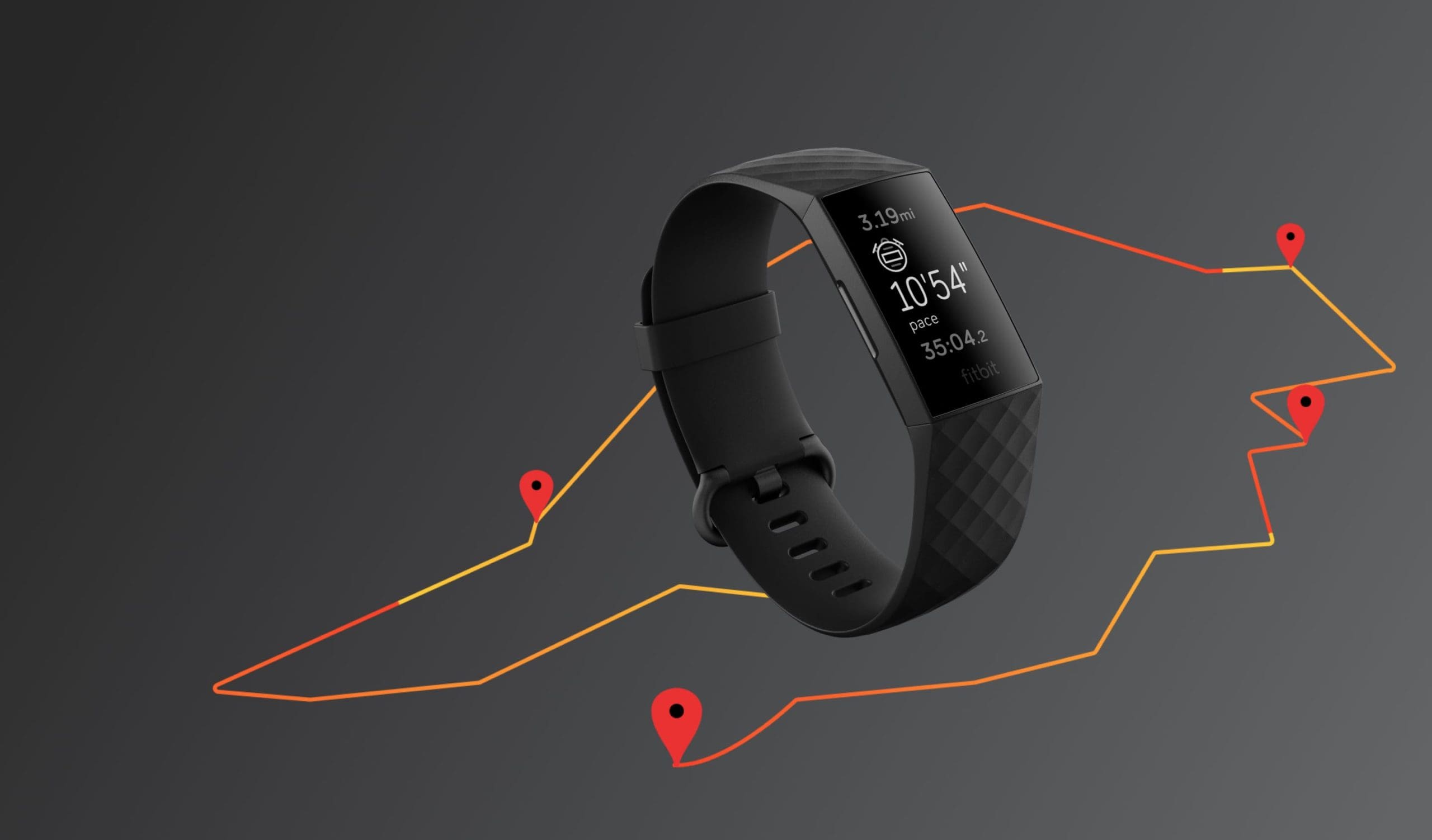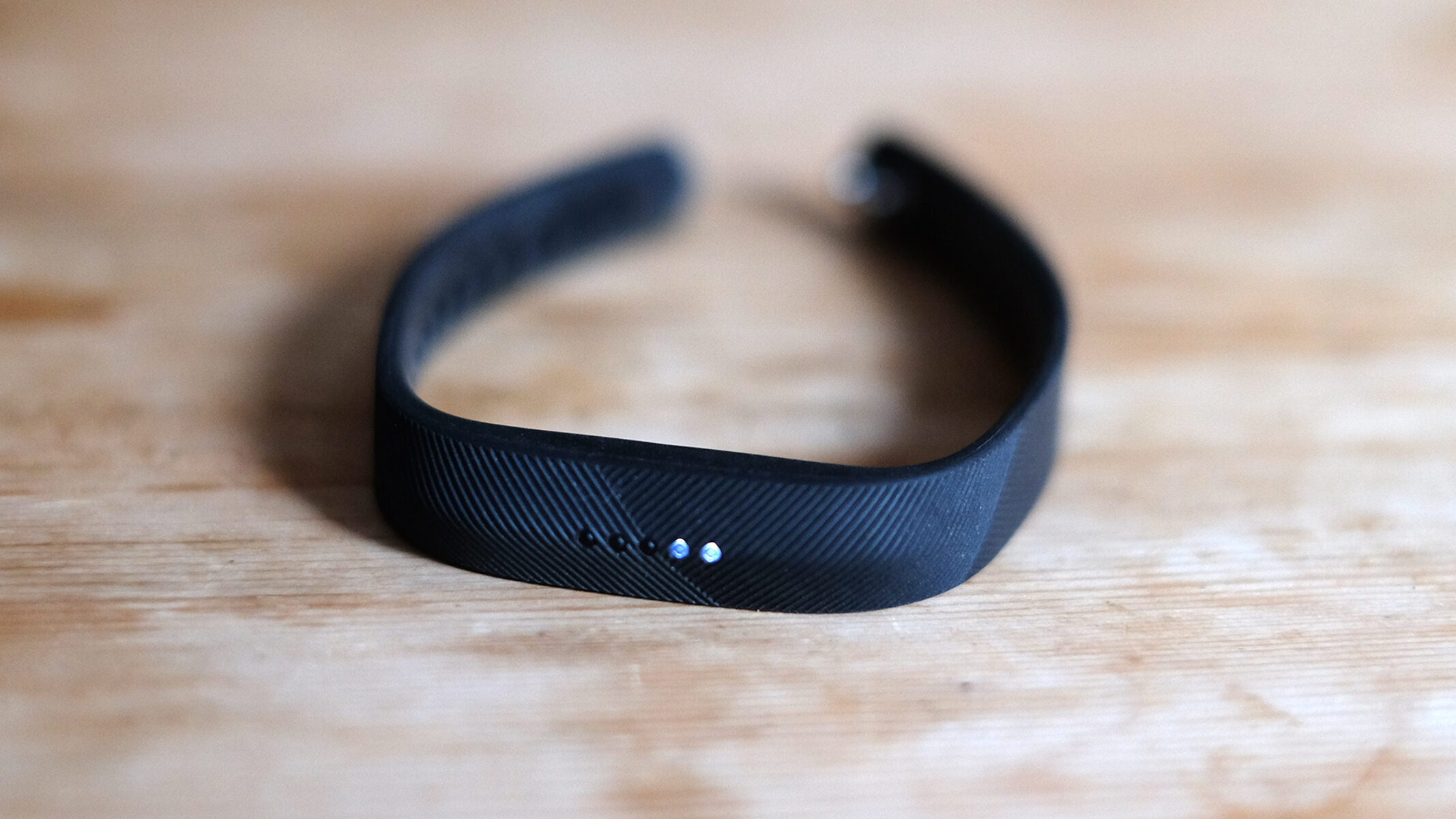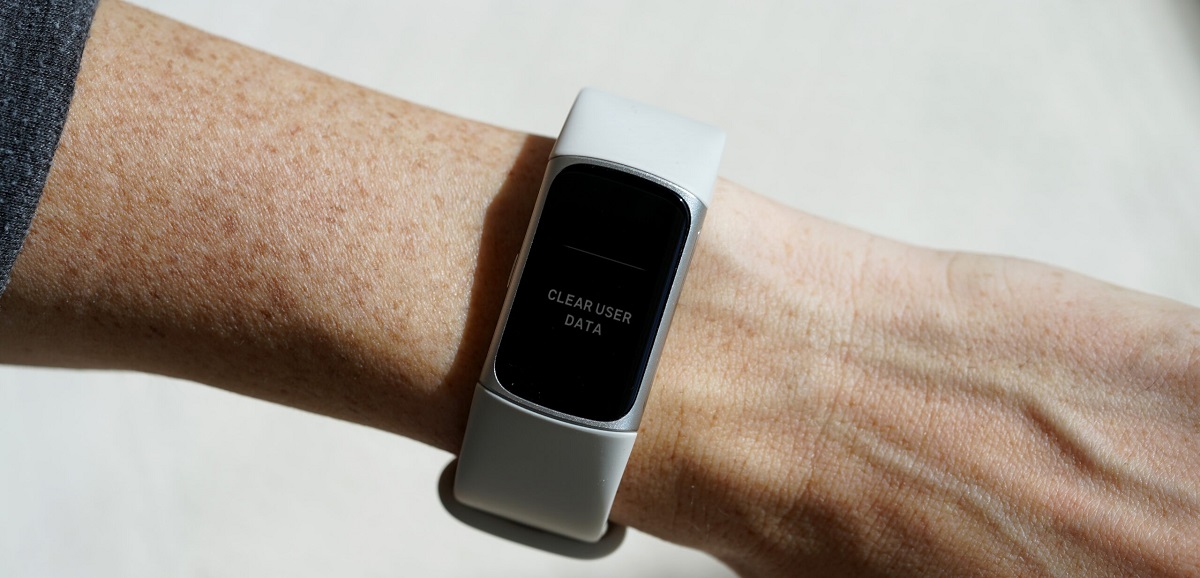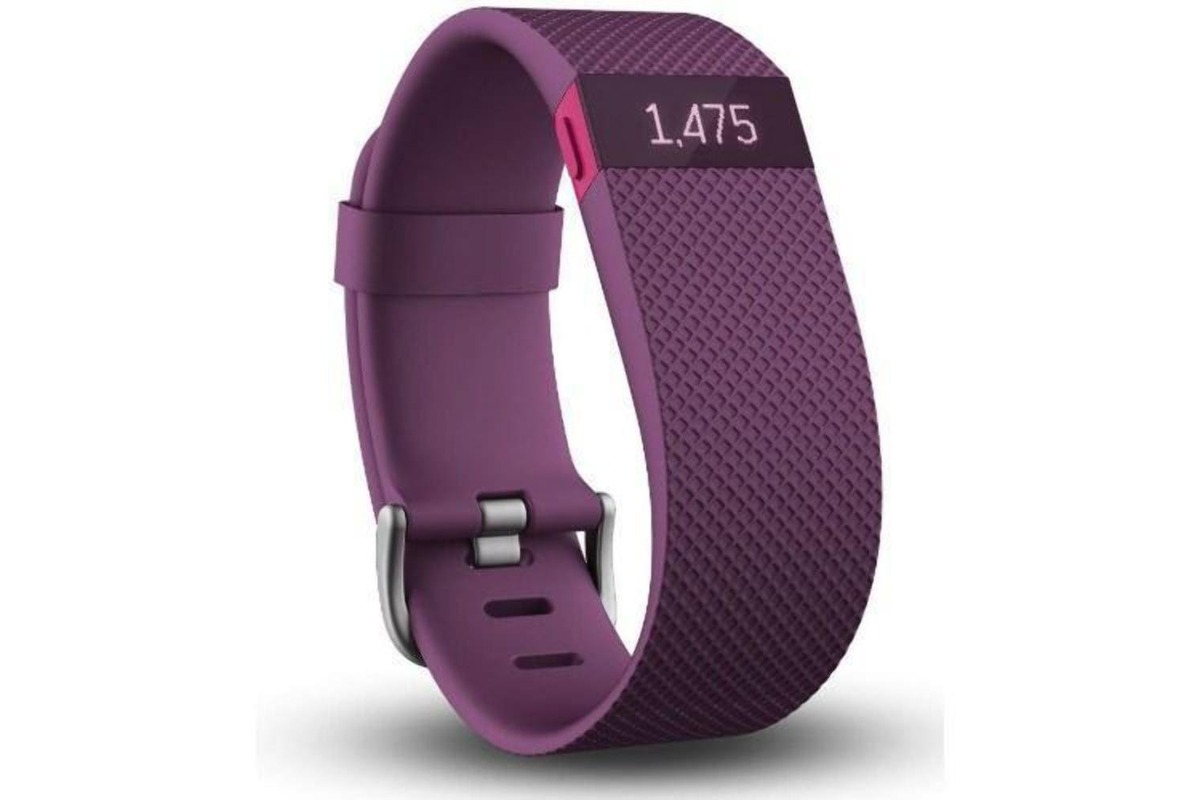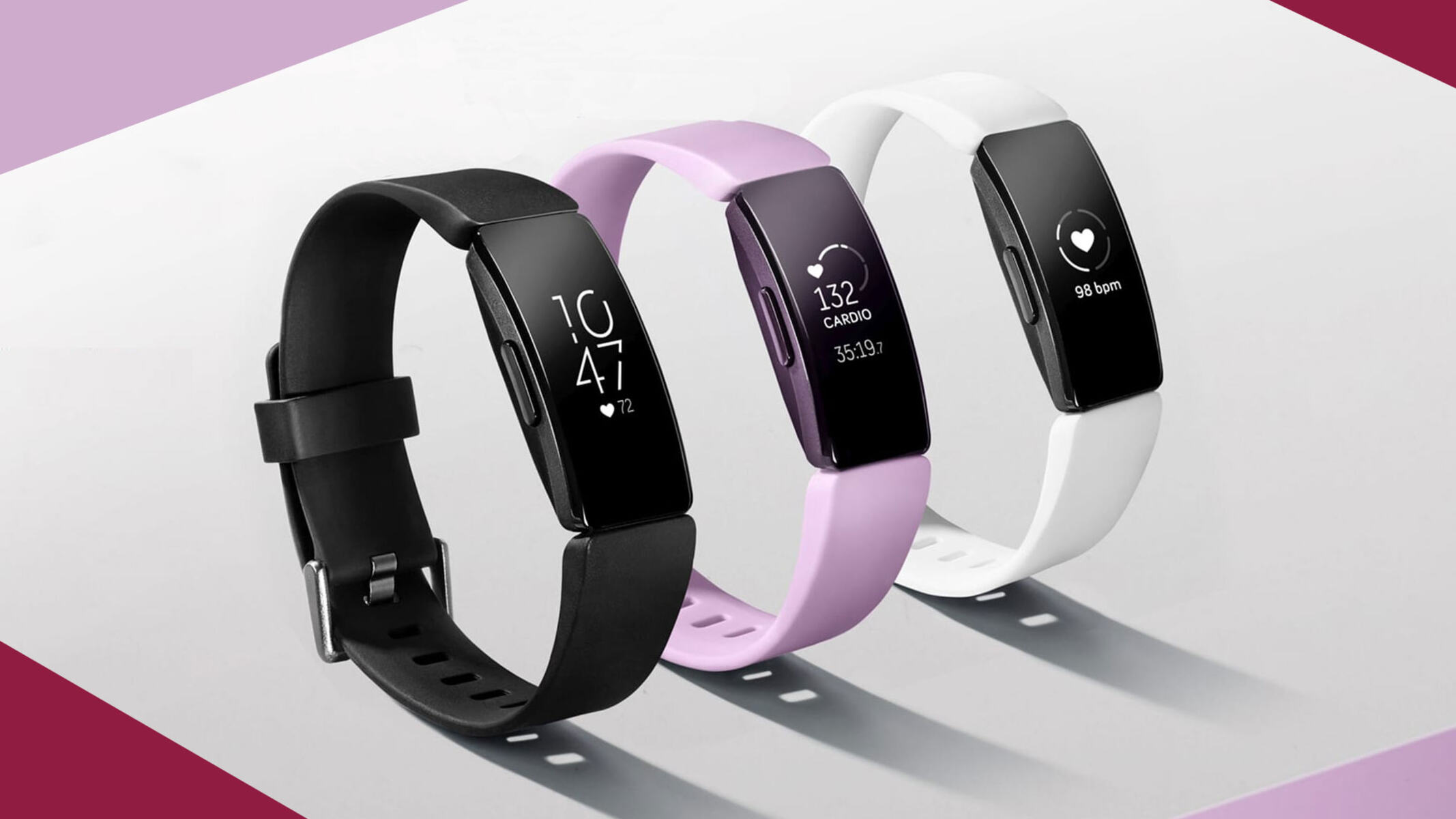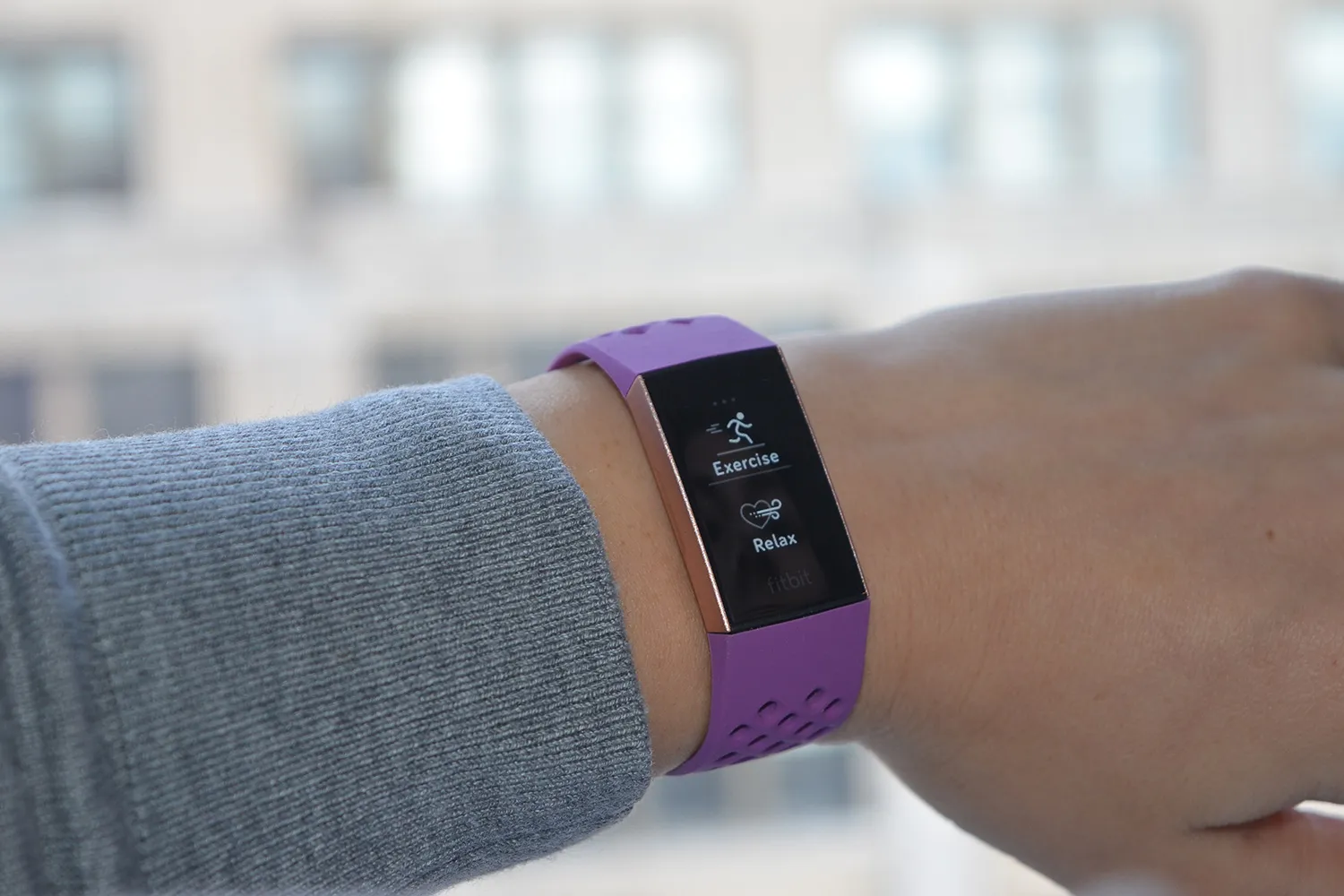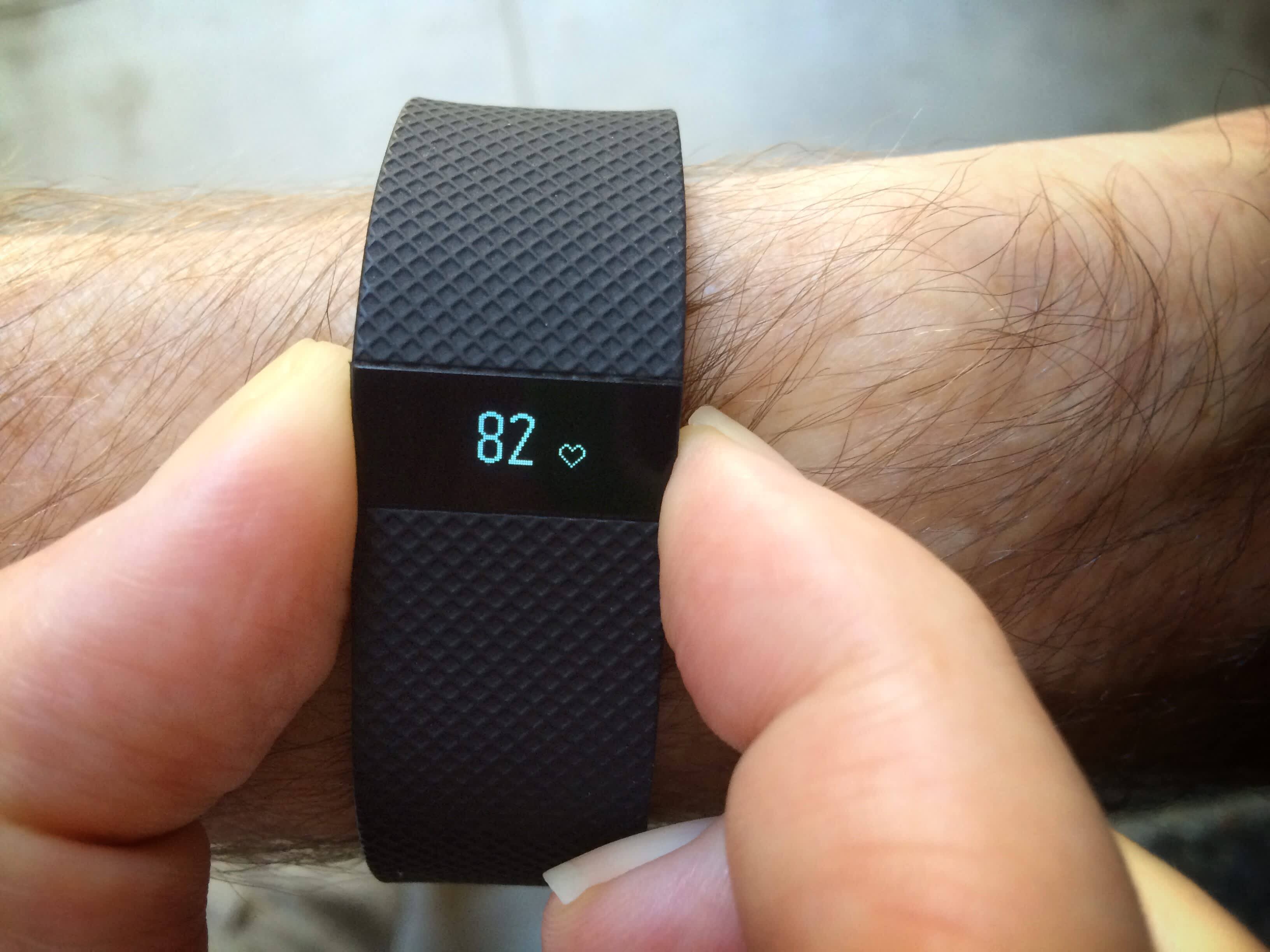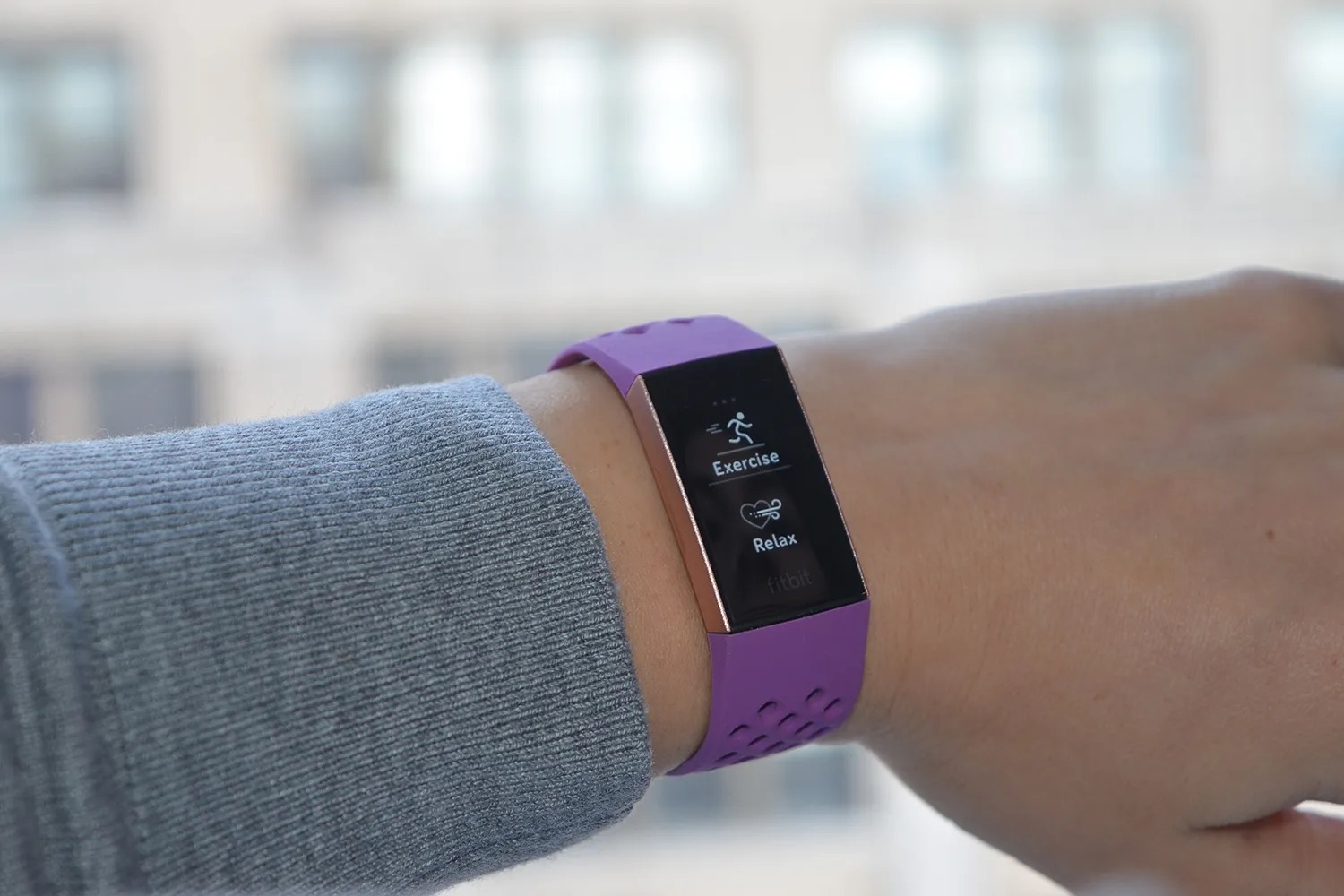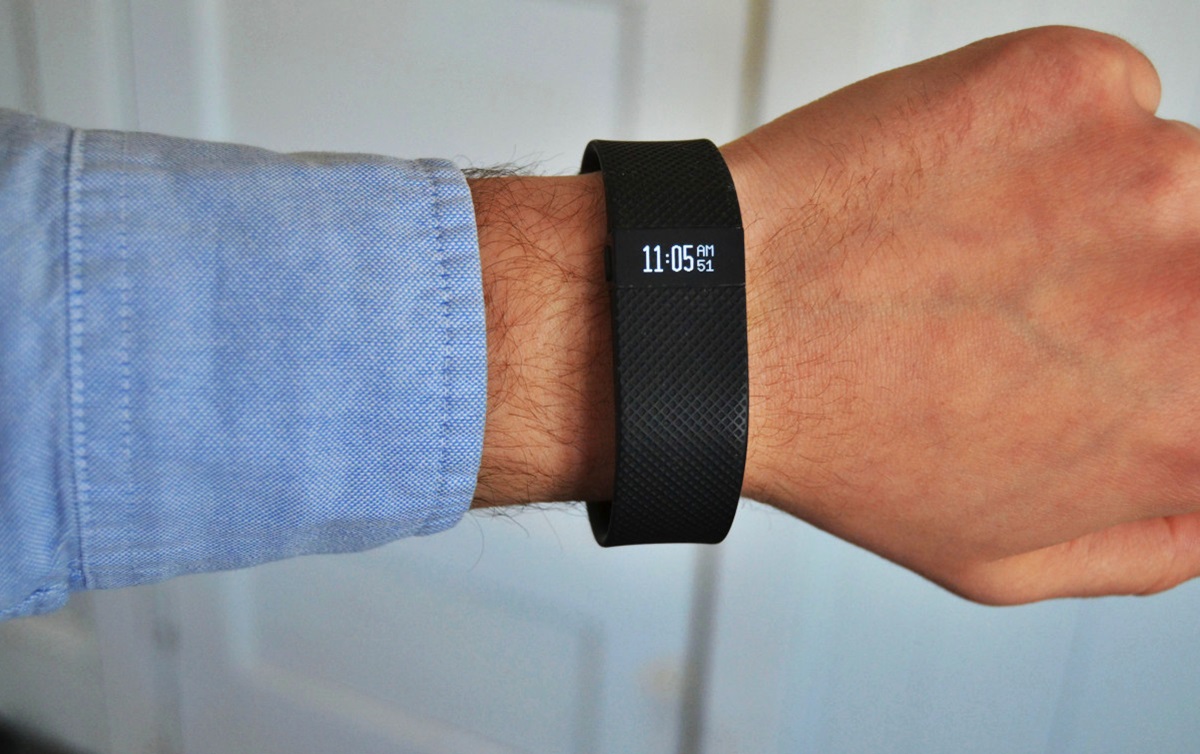Introduction
The Fitbit Charge 4 is a remarkable fitness tracker that has become an essential companion for health enthusiasts and individuals striving to lead an active lifestyle. With its sleek design, advanced features, and seamless integration with the Fitbit app, the Charge 4 empowers users to track their workouts, monitor their heart rate, and gain valuable insights into their overall health and fitness levels.
However, like any electronic device, there may come a time when your Fitbit Charge 4 requires a fresh start. Whether you're experiencing technical issues, encountering syncing problems, or simply seeking to optimize its performance, performing a reset can often work wonders in restoring your device to its optimal state.
In this article, we'll delve into the process of resetting your Fitbit Charge 4, exploring the step-by-step procedure to ensure a seamless reset. Additionally, we'll highlight the importance of resetting your device and provide troubleshooting tips for common issues that may arise post-reset. Furthermore, we'll offer valuable advice on maintaining your Fitbit Charge 4 after resetting, ensuring that you can continue to benefit from its full range of features and functionalities.
So, if you've been contemplating a fresh start for your Fitbit Charge 4, or if you're simply curious about the reset process, read on to discover everything you need to know about resetting and optimizing your beloved fitness tracker.
How to Reset Your Fitbit Charge 4
Resetting your Fitbit Charge 4 is a straightforward process that can help resolve various technical issues and optimize the device's performance. Whether you're encountering syncing problems, experiencing unresponsive behavior, or simply aiming to start afresh with your fitness tracker, performing a reset can often provide a quick and effective solution. Here's a detailed guide on how to reset your Fitbit Charge 4:
Soft Reset:
-
Access the Settings: From the home screen of your Fitbit Charge 4, swipe left to access the Settings menu.
-
Navigate to About: Scroll down and select "About" to access the device information.
-
Select Reboot Device: Within the "About" menu, choose the option to "Reboot Device." This initiates a soft reset of your Fitbit Charge 4.
-
Confirm the Reset: Follow the on-screen prompts to confirm the reboot process. Your device will then restart, completing the soft reset.
Hard Reset:
-
Access the Settings: Similar to the soft reset process, navigate to the Settings menu by swiping left from the home screen.
-
Access the Device Menu: Within the Settings, select the "Device" option to access specific device settings.
-
Choose the Restart Option: Scroll down and choose the "Restart Device" option. This initiates a hard reset of your Fitbit Charge 4.
-
Confirm the Reset: Follow the on-screen prompts to confirm the restart process. Your device will then power off and restart, completing the hard reset.
Factory Reset:
-
Access the Settings: Once again, swipe left from the home screen to access the Settings menu.
-
Navigate to About: Select "About" and scroll down to find the "Factory Reset" option.
-
Initiate the Factory Reset: Choose "Factory Reset" and follow the on-screen instructions to confirm the reset process.
-
Complete the Reset: Your Fitbit Charge 4 will then erase all data and return to its factory settings, completing the factory reset.
By following these step-by-step instructions, you can effectively reset your Fitbit Charge 4, addressing any performance issues and ensuring that your device operates optimally.
Remember, before proceeding with a reset, it's advisable to ensure that your Fitbit Charge 4 is adequately charged to prevent any interruptions during the process. Additionally, backing up any essential data or syncing your device with the Fitbit app can help safeguard your information before initiating the reset.
Why Resetting Your Fitbit Charge 4 is Important
Resetting your Fitbit Charge 4 can be a pivotal step in maintaining the optimal functionality and performance of your fitness tracker. Over time, electronic devices, including the Fitbit Charge 4, can encounter various technical glitches, software hiccups, and performance issues. In such instances, a reset can serve as a powerful tool to address these concerns and restore your device to its full potential.
One of the primary reasons why resetting your Fitbit Charge 4 is important is to troubleshoot and resolve common technical issues. These issues may manifest as unresponsive behavior, syncing problems, or erratic performance. By performing a reset, you can effectively clear temporary data, refresh the device's software, and eliminate any underlying glitches that may be impeding its functionality.
Additionally, a reset can help recalibrate the internal systems of your Fitbit Charge 4, ensuring that it operates smoothly and consistently. Over time, the accumulation of temporary files, outdated configurations, and minor software errors can impact the device's responsiveness and overall performance. A reset serves as a means to wipe the slate clean and provide a fresh start for your fitness tracker, allowing it to function optimally.
Furthermore, resetting your Fitbit Charge 4 can be instrumental in addressing persistent connectivity issues. Whether you're encountering challenges with Bluetooth pairing, data syncing, or app integration, a reset can often resolve these connectivity hiccups. By clearing the device's cache and restoring it to its default settings, you can create a clean foundation for seamless connectivity and enhanced data synchronization.
Another compelling reason to consider resetting your Fitbit Charge 4 is to optimize its battery performance. Over time, battery efficiency may diminish due to prolonged usage, software inefficiencies, or background processes. A reset can help recalibrate the device's power management systems, potentially improving battery life and ensuring prolonged usage between charges.
In essence, resetting your Fitbit Charge 4 is a proactive measure to maintain its peak performance, resolve technical issues, and optimize its overall functionality. By periodically performing a reset, you can ensure that your fitness tracker continues to deliver a seamless and reliable experience, empowering you to focus on your health and fitness goals without being hindered by technical impediments.
Troubleshooting Common Issues After Resetting
After performing a reset on your Fitbit Charge 4, it's essential to be aware of potential issues that may arise and how to troubleshoot them effectively. While a reset can often resolve many technical glitches, there are instances where post-reset challenges may occur. By understanding these common issues and their troubleshooting methods, you can navigate any hiccups with confidence.
Syncing Problems:
Following a reset, you may encounter difficulties with syncing your Fitbit Charge 4 data to the app or other devices. To troubleshoot this, ensure that the Fitbit app is updated to the latest version. Additionally, restarting your smartphone and re-establishing the Bluetooth connection can help reinitiate the syncing process. If the problem persists, consider removing and re-adding your Fitbit Charge 4 to the app to restore seamless data synchronization.
Unresponsive Screen:
In some cases, the device's screen may become unresponsive after a reset. To address this, perform a soft reset by holding the device's button for 10 seconds. If the issue persists, ensure that the screen is clean and free from any obstructions. If physical damage or persistent unresponsiveness is observed, contacting Fitbit support for further assistance may be necessary.
Battery Drain:
While a reset can optimize battery performance, you may initially experience abnormal battery drain. This can be attributed to background processes reinitiating after the reset. Allow a few complete charge-discharge cycles to recalibrate the battery. If excessive drain persists, consider monitoring app usage and background processes to identify potential culprits impacting battery life.
Erratic Heart Rate Monitoring:
If you notice inconsistencies in heart rate monitoring post-reset, ensure that the device is worn snugly on your wrist, positioned according to Fitbit's guidelines. Additionally, cleaning the device's sensors and ensuring proper skin contact can improve the accuracy of heart rate monitoring. If persistent inaccuracies are observed, consider updating the device's firmware or contacting Fitbit support for further guidance.
By being proactive and familiarizing yourself with these common issues and their troubleshooting methods, you can effectively address any post-reset challenges that may arise. This proactive approach ensures that your Fitbit Charge 4 continues to operate optimally, allowing you to seamlessly track your fitness journey without being hindered by technical impediments.
Tips for Maintaining Your Fitbit Charge 4 After Resetting
After successfully resetting your Fitbit Charge 4 and addressing any technical issues, it's essential to implement proactive measures to maintain the optimal functionality and longevity of your fitness tracker. By incorporating the following tips into your post-reset routine, you can ensure that your Fitbit Charge 4 continues to deliver a seamless and reliable experience, empowering you to focus on your health and fitness goals without being hindered by technical impediments.
Regular Software Updates
Stay vigilant about installing the latest firmware and app updates for your Fitbit Charge 4. These updates often include performance enhancements, bug fixes, and new features that can contribute to the overall stability and functionality of your device. By keeping your Fitbit's software up to date, you can mitigate potential issues and ensure that your fitness tracker operates optimally.
Proper Cleaning and Maintenance
Regularly clean your Fitbit Charge 4 to prevent dirt, sweat, or debris from affecting its sensors and overall performance. Use a soft, damp cloth to gently wipe the device and ensure that the charging ports and sensors remain free from any obstructions. Additionally, it's advisable to remove the device from its band periodically and clean both the tracker and the band to maintain hygiene and prevent potential discomfort during wear.
Optimal Charging Practices
Adopt healthy charging habits to prolong the battery life of your Fitbit Charge 4. Avoid exposing the device to extreme temperatures during charging and aim to maintain its battery within the recommended range. Additionally, allowing the battery to deplete completely before recharging and avoiding prolonged exposure to direct sunlight can contribute to prolonged battery health.
Proper Wrist Placement
Ensure that your Fitbit Charge 4 is worn snugly on your wrist, following Fitbit's guidelines for optimal positioning. A secure and proper fit not only enhances the accuracy of fitness tracking metrics but also prevents unnecessary movement that may impact the device's sensors and performance.
Data Synchronization and Backups
Regularly sync your Fitbit Charge 4 with the Fitbit app to ensure that your fitness data is consistently backed up and accessible. This proactive approach safeguards your workout history, health metrics, and personal settings, providing peace of mind in the event of unexpected data loss or device issues.
By integrating these maintenance tips into your Fitbit Charge 4 routine, you can uphold the device's performance, extend its longevity, and continue to enjoy the full range of features and functionalities it offers. These proactive measures contribute to a seamless and reliable experience, allowing you to focus on your health and fitness journey with confidence and peace of mind.







